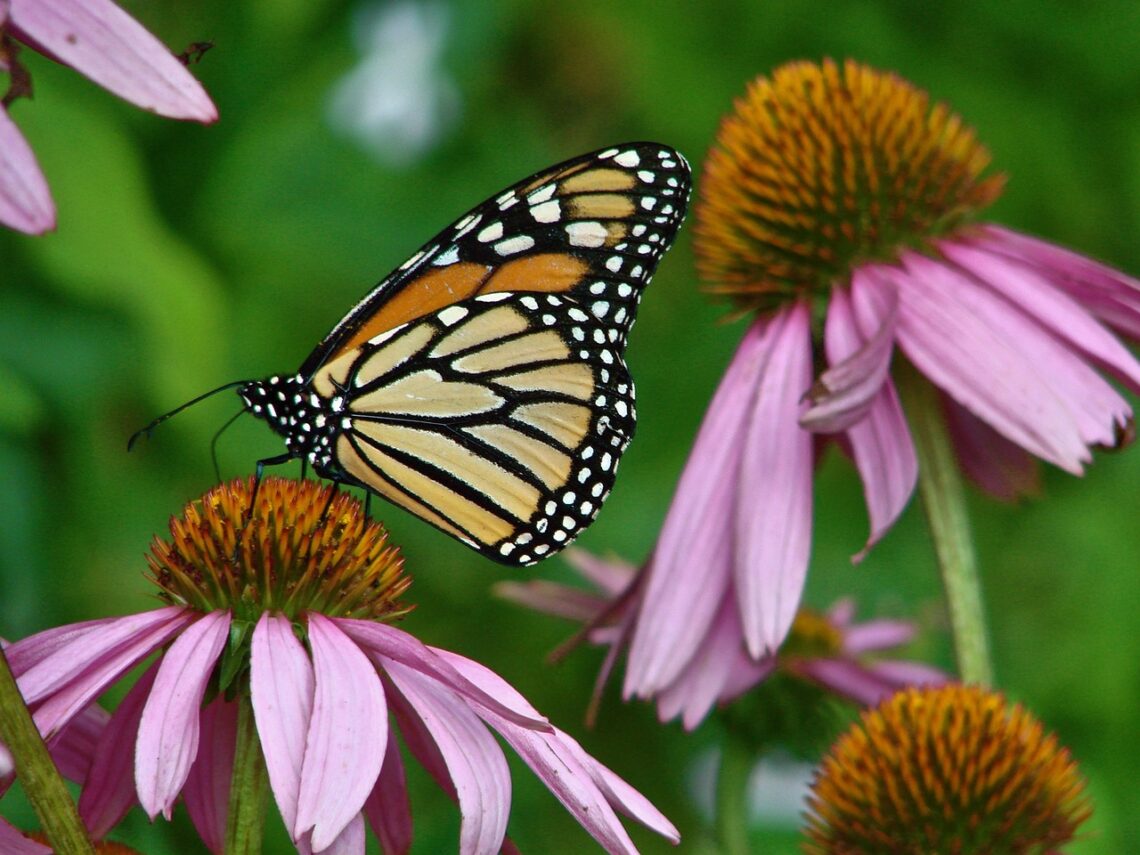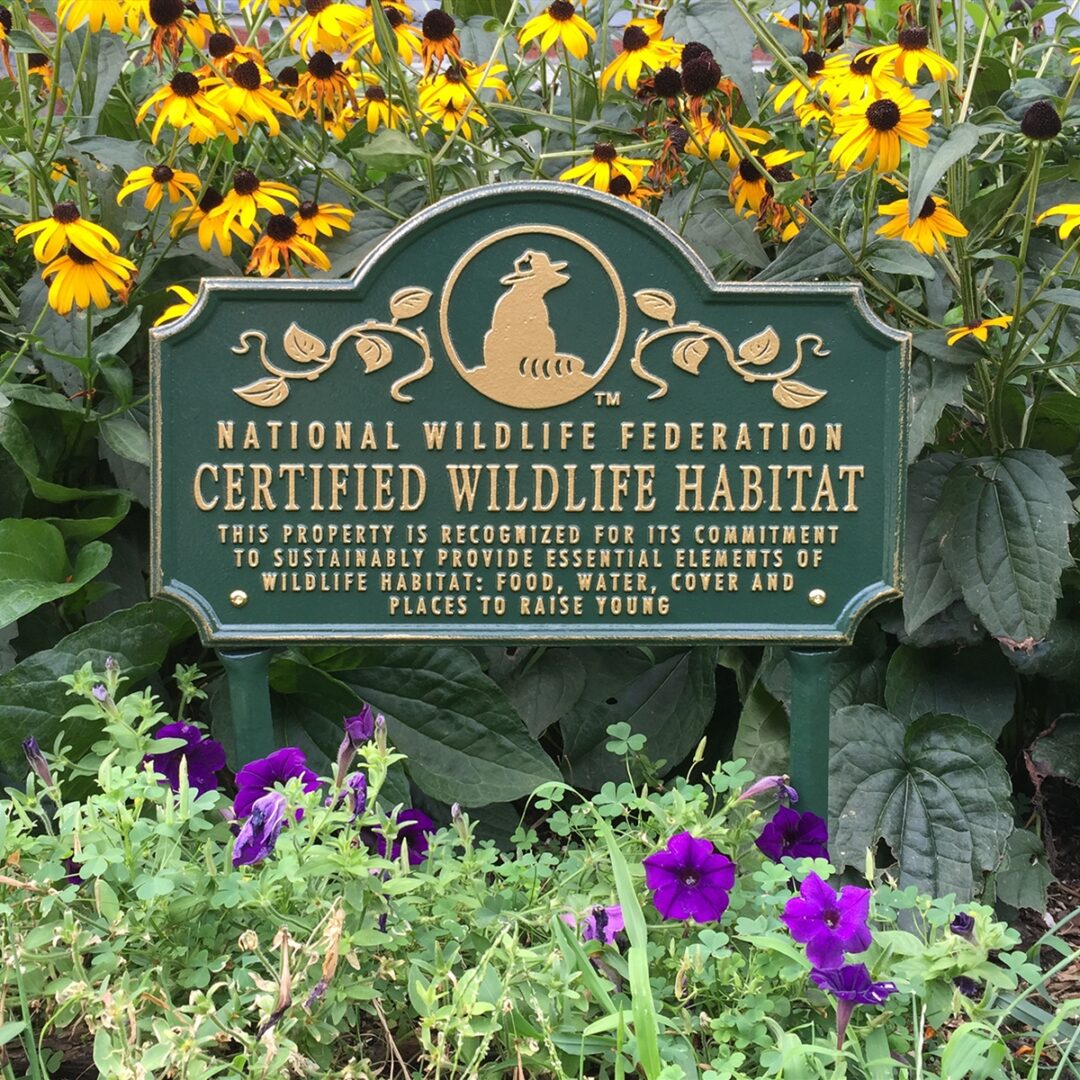
Turn Your Yard Into a Certified Wildlife Habitat
By Holly Shaftel, contributing writer
Imagine: Butterflies dance over wildflowers, bees hum at lavender, and a hummingbird sips from honeysuckle. A rabbit nibbles clover as a fox slips through tall grass at dusk. Birds call from the hedgerow, completing the lively scene. At the garden’s edge, a “Certified Wildlife Habitat” sign stands — this thriving haven is your backyard!
A certified wildlife habitat is a yard or garden that provides food, water, shelter, and space for wildlife to raise their young. Through the National Wildlife Federation (NWF), anyone can create one — at home, a school, a business, or even a place of worship.

Why certify? Many wild animals have lost their homes due to habitat destruction. In other words, humans have turned many wildlands into highways, cities, roads, houses, parking lots, farms, and golf courses.
Many of these places use pesticides, which can kill insects and other small creatures, leaving less food for larger animals (secondary and tertiary consumers). With nowhere to eat and grow, where can the wildlife go?
The climate crisis is also affecting biodiversity, which is the variety of life. Humans have been throwing ecosystems off balance by heating the planet, making it even more difficult for plants and animals to survive.
With that said, we can’t always wait for big companies or the government to fix things, but we can take action ourselves! Every little bit counts!
Here’s how you can turn your place into a wildlife wonderland:
- Food: Add native plants for primary consumers, which are animals that eat plants. Hummingbird, squirrel, and other feeders are also acceptable and can supplement natural food sources.
- Water: Include a water source, such as a bird bath or pond, for drinking, bathing, and breeding.
- Shelter: Animals great and small need to hide from bad weather and predators.
- Places to Raise Young: Our wild residents need safe spaces, such as mature trees, to reproduce and to protect and nourish their young.
- Sustainable Practices: Ensure your soil, air, and water stay healthy and clean. Work with nature, not against it.
Since 1973, the NWF has certified over 300,000 wildlife habitats — and they’re aiming for 1,000,000 by 2030! Want to join the movement?
Check out this “Habitat Essentials Checklist” to get started!
Ready to certify? Enter here.
Happy planting!
Main photo: A monarch butterfly on a flower. Image by YREA from Pixabay





